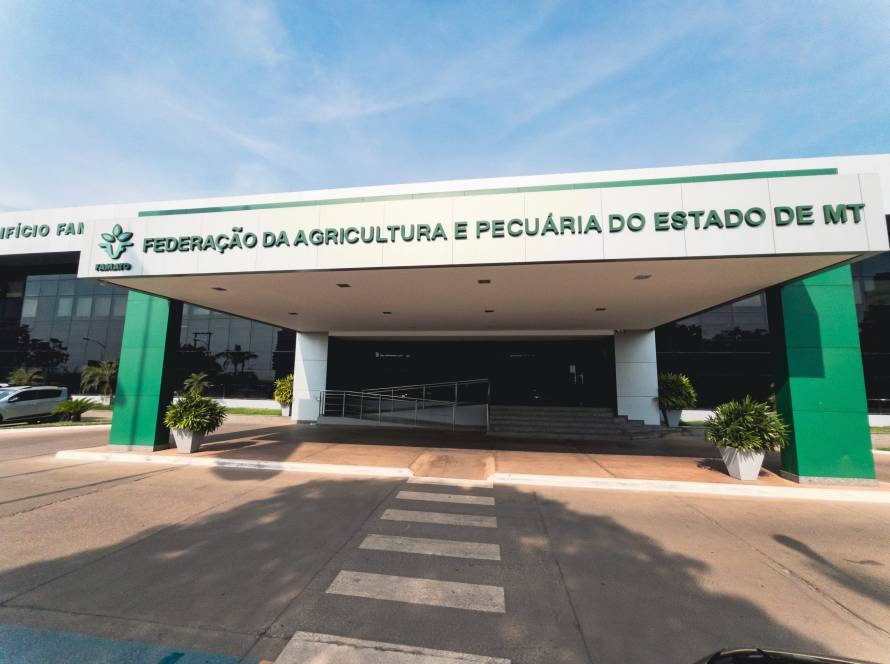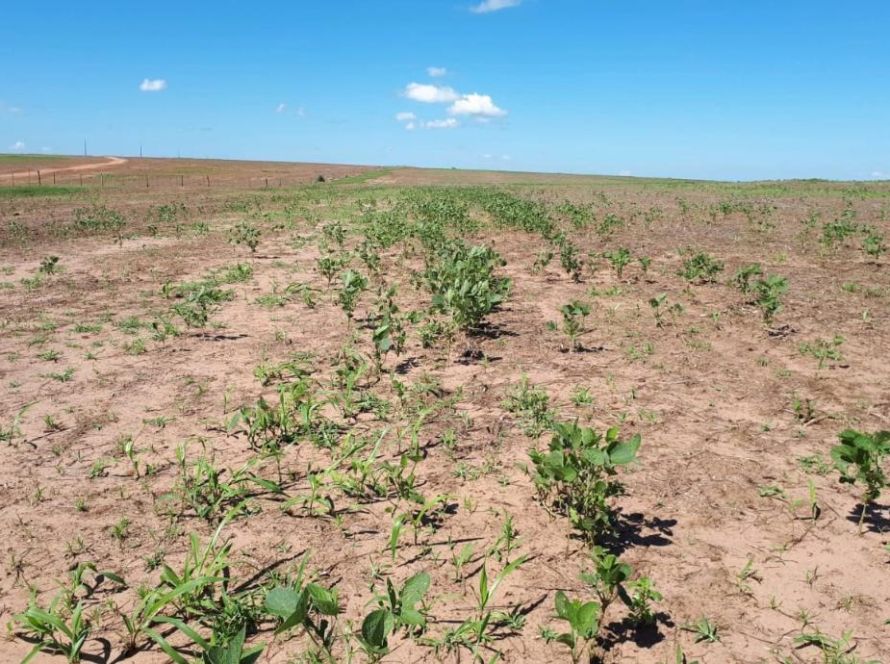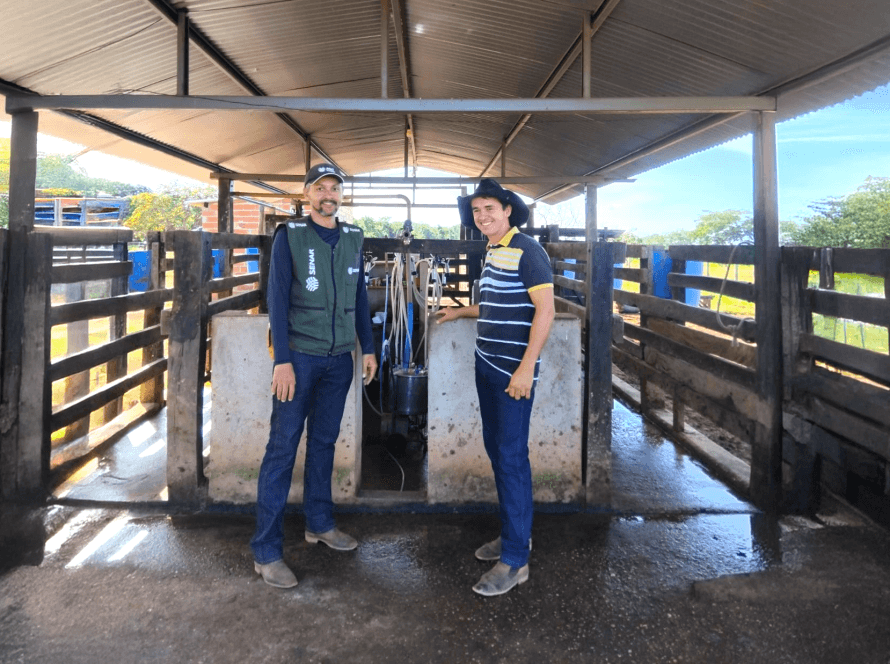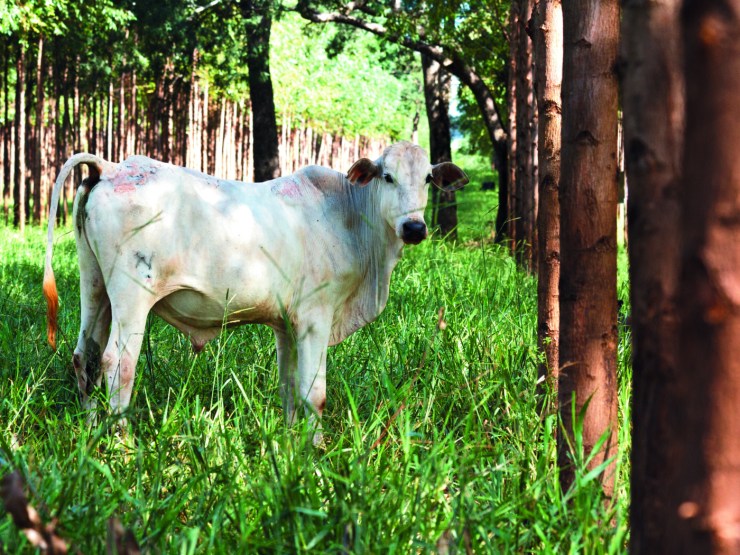According to the Joint Resolution between SEMADESC and IAGRO, published on July 2, 2024, the period of prohibition of cotton cultivation, in Region I, begins this Monday, September 15 and runs until November 30.
Because Mato Grosso do Sul has distinct climates, the planting and harvesting periods for soybeans, corn, and cotton occur at different times. Due to these climatic characteristics of Mato Grosso do Sul, the resolution addressing the Cotton Crop Sanitary Gap divides the state into three regions for the purposes of live plant control and inspection.
The main objective of the cotton health break is to interrupt the life cycle of the boll weevil and other pests and diseases, by eliminating volunteer cotton plants (ratoons and tigueras) in a specific period, which serves to reduce the population of these pests, reduce the need for agricultural pesticides, increase productivity and ensure the economic sustainability of the crop.
According to Ampasul's Executive Director, Adão Hoffmann, cotton farmers in Mato Grosso do Sul are conscientious, following the boll weevil control protocol, and are once again achieving excellent productivity and fiber quality. "Ampasul will report the productivity figures for this 2024/2025 agricultural year in Mato Grosso do Sul next week, but we already know it will be excellent and the fiber quality is high," said Adão Hoffmann.
The harvest is complete, and 60% of cotton has already been processed. This year, cotton farmers in Mato Grosso do Sul cultivated 31,683 hectares, with the municipality of Costa Rica, in the Baús region, being the largest producer.





